#caecilian
Text

day 1630
295 notes
·
View notes
Text

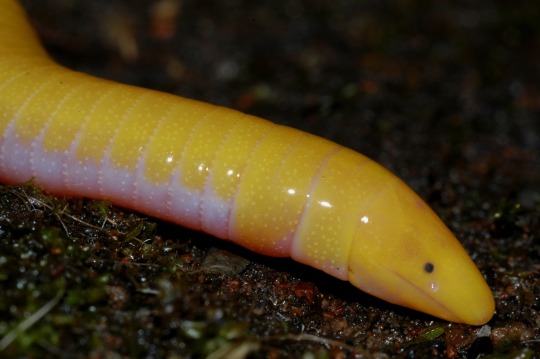
São Tomé Caecilian (Schistometopum thomense), family Dermophiidae, endemic to São Tomé and Ilhéu das Rolas (Africa)
photographs by m_burger
25K notes
·
View notes
Text
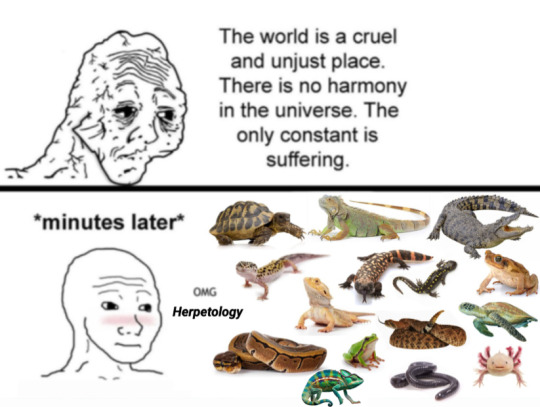
#indora talks#Ashshshfjdjsjfkfkfkd#Cute little guys#Love them#herpetology#Reptiles#amphibians#Snake#Frog#Turtle#Tortoise#Viper#Toad#Caecilian#Axolotl#Bearded dragon#Gecko#Iguana#Gila monster#Crocodile#salamander#Biology#Animals#Memes
6K notes
·
View notes
Text
A species of worm-like amphibian has been caught on camera feeding milk to its young.
The creature, known as a caecilian, lives underground. Researchers believe that the animal developed the ability to produce a milk-like substance independently of mammals, who are universally known for feeding milk to their young.
Continue Reading.
185 notes
·
View notes
Text

Had this idea a minute ago-- finally put it to paper!!
#caecilians need more love#the forgotten amphib smh#probably gonna turn them into a sticker#jomadis#art#my art#herpetology#amphibian#caecilian#cae-silliy-an#amphib#nature#zoology#biology#etsy#pun
222 notes
·
View notes
Text
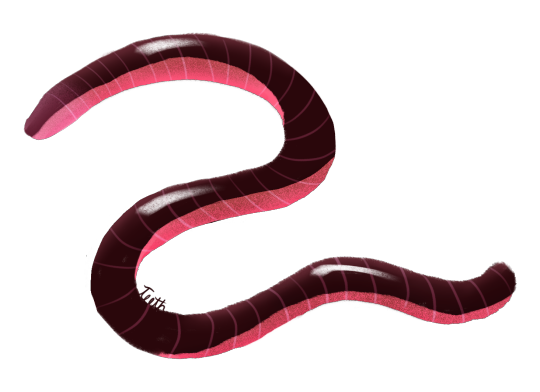
Day 2, Lake Tanganyika Caecilian
149 notes
·
View notes
Text
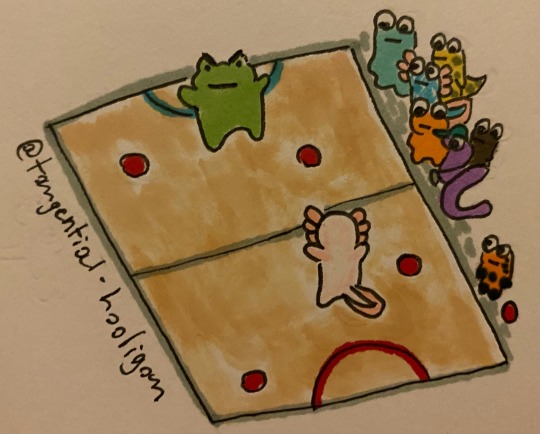
Amphibiuary 2024- Day 20: Play
there’s a standoff on the court!! WHO WILL WIN??! 😤
#amphibiuary2024#frog art#froggie#froggo#cute frog#spotted salamander#salamander#axolotl#caecilian#dodgeball#ink and pen#pen and ink#alcohol markers#traditional art#tangential hooliganart#WINNER TAKE ALL#LETS GET READY TO RUMBLEEEEEEEEEEEEEEEEEEE
88 notes
·
View notes
Text

Day 3: Round
A caecilian protecting eggs. The species probably don't match, but oh well.
116 notes
·
View notes
Text

Biofluorescense is the term for when living organisms "glow" under certain types of light. Although it's not usually directly visible to human eyes, wavelengths such as ultraviolet can reveal it – and we're still only just starting to discover how widespread it really is in nature.
This phenomenon has been found in all major groups of modern amphibians, with most of them glowing green under UV, suggesting that it originated in their ancestors at least 300 million years ago.
So, ancient species like Funcusvermis gilmorei here could probably glow green, too!
Living during the late Triassic (~220 million years ago), fossils of Funcusvermis were found in what is now Arizona, USA. It's only known from fragmentary remains, but those pieces are distinctive enough to identify it as the earliest known relative of modern caecilians.
It had a caecilian-like jaw with two rows of teeth, but unlike its worm-like modern relatives it still had small legs and wasn't as highly specialized for burrowing. The shape of its vertebrae suggest it had a tubular body, and while its exact proportions and full length are unknown it may have been comparable in size to the smallest modern caecilians, around 10cm long (~4").
Its combination of anatomical features gives further support to the idea that all modern amphibians share a common ancestor among the dissorophoid temnospondyls. The more distantly related but also caecilian-like Chinlestegophis may be a case of convergent evolution, representing a separate branch of temnospondyls that were coincidentally exploring a similar sort of lifestyle at around the same time.
———
NixIllustration.com | Tumblr | Twitter | Patreon
#science illustration#paleontology#paleoart#palaeoblr#funcusvermis#gymnophiona#caecilian#stem-caecilian#lissamphibia#amphibian#art#speculative glowiness#biofluorescence#nature's invisible rave
237 notes
·
View notes
Text

Amphibiuary day 10: Yellow!
#amphibiuary2024#caecilian#I love them- they’re so funky!#so glad I got to draw the teeth this time lol
84 notes
·
View notes
Text

Caecilian
By: Carl Gans
From: Natural History Magazine
1962
119 notes
·
View notes
Text

day 1631
210 notes
·
View notes
Text

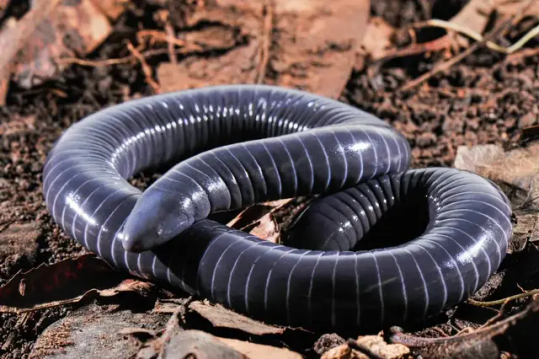
Ringed Caecilian (Siphonops annulatus), family Siphonopidae, found in tropical South America, east of the Andes
IN RECENT NEWS (March, 2024): This species has been found to be the only known amphibian to create a nutrient rich "milk" fromt heir skins to feed the young.
The young go through the larval stage in the eggs, and hatch out as fully formed tiny caecilians.
The young of this species feed on their mother’s outer skin layer (which she sheds), which has a high nutrient content.
Like many caecilians, their skin exudes a thick slime, which aids in burrowing, but also has toxic components (presumably to protect from predation).
Caecilians are amphibians, like salamanders and frogs.
They are not worms, nor are they snakes.
They were also recently found to have venomous components to their saliva, making it the only known amphibian with a venomous bite!
photograph by Carlos Jared
2K notes
·
View notes
Text

Amphibiuary day 22: purple
#my art#caecilian#amphibiuary2024#amphibiuary#Mostly done frogs so i thought i'd do something diffrent today#Also i kinda wanted a simple shape#Doesn't get more simple than worm shape
79 notes
·
View notes
Text

An aromantic amphibious dragon! I took traits from a ton of different amphibians, squished them together, and used the aro flag for the color palette since it's aro week :)
#I like this guy :)#might draw more of them#dragon#frog#salamander#newt#diplocaulus#koolasuchus#axolotl#caecilian#olm#emperor newt#poison dart frog#amphibians#amphibiuary2023#aromantic#aro#aro week#aro pride#aromantic spectrum awareness week#aromantic awareness week#aromantic week#pride dragons#for some reason my previous dragon won't let me add this tag to it#maybe it will work tomorrow#my art#digital art#daily prompt
424 notes
·
View notes
Text
Animal of the Day!
Sagalla Caecilian (Boulengerula niedeni)

(Photo from Amphibian Fact)
Conservation Status- Endangered
Habitat- Kenya
Size (Weight/Length)- 300 mm
Diet- Worms; Termites
Cool Facts- Not a worm, not a snake, the sagalla caecilian is more closely related to frogs and newts. Isolated to only a single mountain in southeastern Kenya less than 20 square kilometers. These caecilians rarely make their way to the surface, preferring to stay underground near streams. Despite their tiny mouths and slow movement the Sagalla caecilian is a voracious carnivore, feasting on worms and small insects. Sadly, due to their isolated nature, these caecilians are threatened by even the smallest habitat change. Eucalyptus plantations in the surrounding area dry out their soil and pollute their rivers. Conservationists are working with villages to promote good habitat for these species and helping to aid in population counts.
Rating- 13/10 (Wiggly, a little slimy, frankly absurd, little friend.)
#Animal of the day#Animals#Amphibian#Caecilian#Wednesday#May 10#Sagalla caecilian#biology#science#conservation#the more you know
234 notes
·
View notes